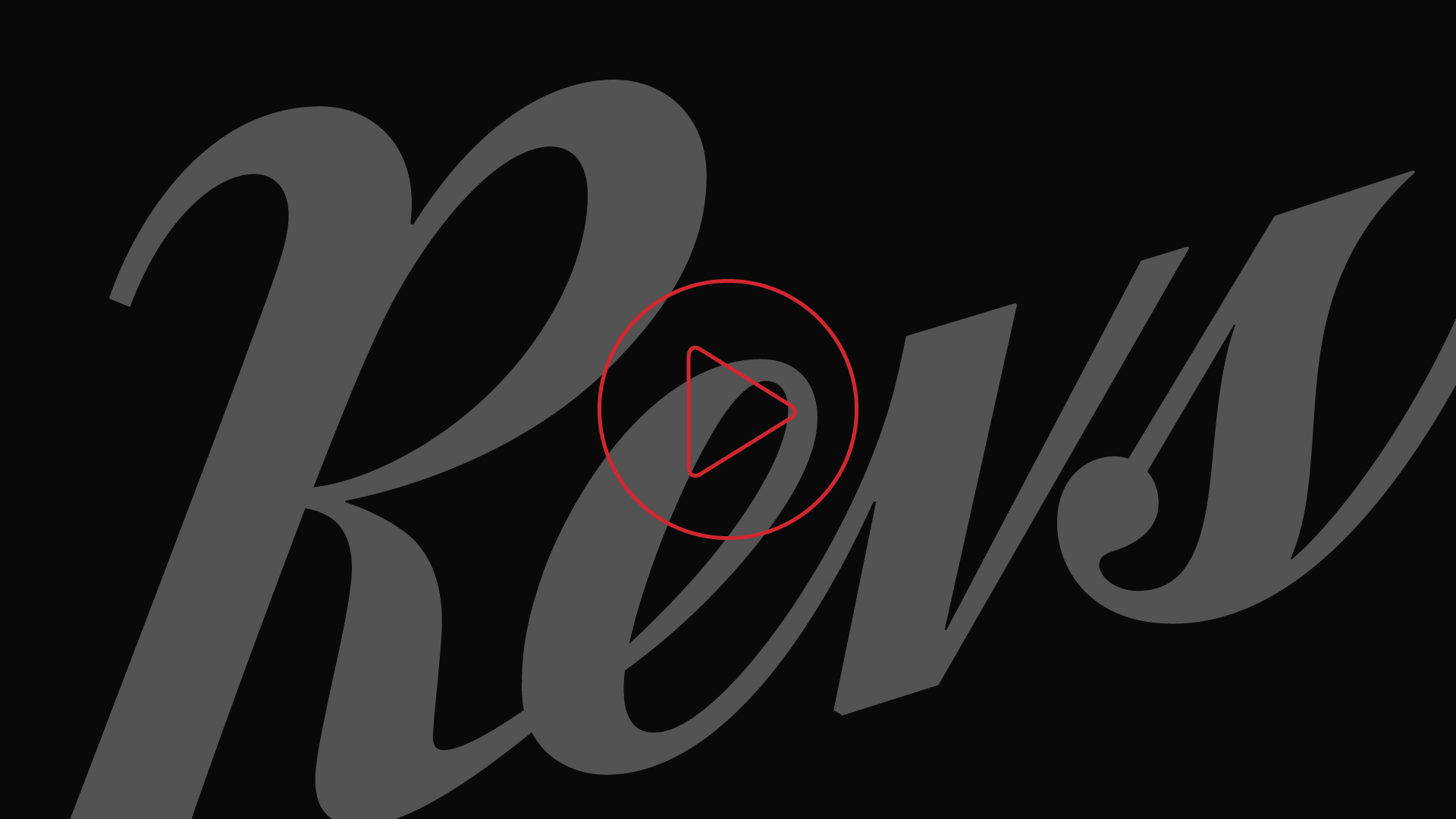Tech Specs
Twin-cylinder, two-stroke, 594 cc, 26 bhp, HP to WT Ratio: 52.00
About the 1989 Trabant Type P601L
The Trabant was the East German equivalent of the Volkswagen Beetle. The “Trabbis” as the Trabant was known, was the Russian controlled country’s “Peoples Car.”
The “Trabi” might have been crude, ugly, slow and smoky, but to the car-starved East Germans it represented motoring heaven, and some three million were sold. There was a waiting list that stretched into years. If you were lucky, you got your Trabant in two years. If you were luckier yet, it was nine years before your little smoke-belcher arrived.
Due to short supply of steel, a plastic sheeting called “Duroplastic” was used for the updated vehicle skins. Duroplast was composed of resin impregnated cotton fibers and used for making suitcases. It was first employed on the 1955 700 cc two-stroke P70. In 1957 the P70 was superseded by the first true Trabant. The smaller air-cooled 500 cc P50 remained in production until 1962 when the 600 cc “P60” version appeared. The P60 was followed a few years later by the roomier P601L, such as this example.
The fall of the Berlin Wall in 1989 led to the end of its production of the P601L. However, this still left the West with a huge environmental problem. Over two million two-stroke Trabis remained on the road, emitting nine times more hydrocarbons and five times more carbon monoxide than Western cars. Soon the East Germans were discarding Trabants by the dumpster-full in favor of more desirable West German automobiles. This presented yet another environmental quandary. Duraplast could not easily be recycled, nor could it be burned without releasing toxic fumes. Today, comparatively few of these unwanted polluters remain. Most have been junked in favor of the more efficient and more environmentally friendly vehicles of the West.
Photos – Peter Harholdt







